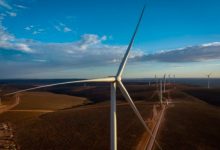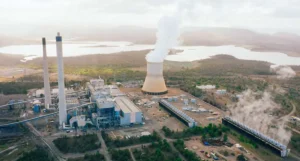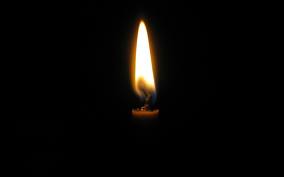The Australian Energy Market Operator has confirmed that it will model a significant “step change” in Australia’s clean energy transition as part of its long term blueprint, and has also produced analysis showing multi-billion cost savings from a co-ordinate planning, and pointed to the potential early exit of coal-fired generators.
As the federal government struggles to put together coherent policies for either the short or long term on energy and climate, AEMO is leading – through its Integrated System Plan and with the support of Energy Security Board and other key institutions – a detailed, 20 year blueprint that will guide how the grid operator can navigate the “unstoppable” shift to renewables.
AEMO’s modelling includes neutral scenarios and even slow scenarios – based around certain policy actions by state and federal governments – but the key new element will be a “step change” scenario that represents strong action on climate and the acceleration of technology, and other scenarios based around a very high uptake of distributed energy resources (rooftop solar and battery storage).
This is significant. Australia’s public and policy debate is hamstrung by the views of conservatives who simply don’t believe that a clean energy transition to a renewables-based grid can occur without the lights going out and the economy grinding to a halt.
This is the fundamental justification of the Coalition’s go-slow on climate policy, and its refusal to lift emissions reduction targets, along with its branding of Labor targets as “reckless”, economy-wrecking, and a recipe for higher bills.
AEMO’s work will challenge those assumptions. Already, it’s modelling suggests having a co-ordinated plan, and investing in infrastructure, will lead to consumer savings of $3.8 billion, based on the work of consultancy Aurora.
Other scenarios modelled by Aurora suggest savings of between $1 billion and $4 billion, and these are from network investments only.
The first version of the ISP, released in 2018, looked at how the grid could absorb Labor’s proposed target of 50 per cent renewables by 2030, and went beyond that, looking at how increased uptake of rooftop solar and storage could deliver a 60 per cent share around the same date.
The next version of the ISP – due at the end of this year – will go even further, and it canvassed these ideas at a workshop and webinar earlier this week.
“AEMO presented a number of scenarios during this workshop, from a central scenario incorporating current federal and state energy policies, to slow and fast change scenarios that factor in lower/higher than expected uptake of distributed energy resources and large scale renewable investment,” it said in a statement on Friday.
“Also presented were scenarios based on very high uptake of distributed energy resources, and a significant ‘step change’ that represents strong action on climate and acceleration of technology.”
According to attendees at the workshop, this “step change” scenario is not yet finalised, but will likely deliver some astonishing conclusions – at least for those still hanging on to the idea that little will change in the grid.
Aurora put the potential bill savings of the 2018 ISP’s neutral scenario – and the investment in transmission infrastructure – to be around $3.8 billion. For the other ISP scenarios entertained in last year’s document, the savings were put between $1 and $4 billion. There could be more savings, from reductions in ancillary service costs and the benefits of emissions reductions, but these were not counted.
On coal, Aurora suggested that not all coal generators would prosper in the future, particularly if costly repairs were needed, and if demand fell (such as in slow economic growth). The departure of one, however, could be good news for the rest, because wholesale prices would likely rise after an unplanned closure.
Still,the incumbents are urging AEMO to consider what happens if the coal generators should exit quickly. None of them really expect their plant to last the nominated 50 years. The economics don’t work, and they acknowledge it wouldn’t be great for the climate. But most are getting just a little tired of having to proceed softly softly for the sake of the Coalition and its populists and ideologues, as Kean describes them.








